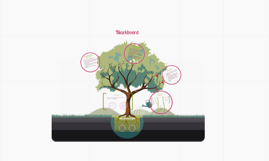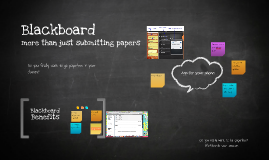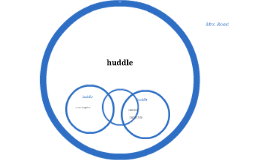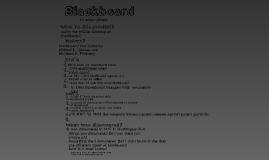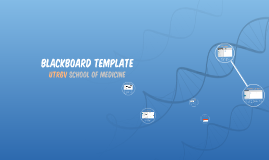Blackboard
Transcript: All professors must attend the program. Professors will not have an excuse for not knowing how to operate Blackboard. Both professors and students benefit from the solution. It will cause more work for the professors to learn how to use it. Some people will not like it, and will complain about having to use it. Advantages Make Blackboard training and the use of Blackboard mandatory for all professors. Implementing Solution Send out a few emails to all the professors that there is going to be a change, and they are going to have to attend training for Blackboard, and start using it. Allow the professors to sign up for different days and times for the training. Make it a slow efficient change. Implementing Solution Why does this problem exist? Pros of solving the problem Disadvantages How do we know this problem exists? we hear complaints from students about not being able to access blackboard for some of there classes. some professors tell students that they just don't use blackboard. some students are not able to access notes because they don't have blackboard. Importance and Significance Some professors do not know how to use Blackboard. they might not have been introduced to blackboard through training. there also may not be any training available for them to attend in order to learn the program. they may already have a program they like to use and don't want to go through training. they might not make time to learn how to use blackboard. Some professors don’t want to use Blackboard. they might not know what all blackboard has to offer them. some professors feel like they are making students responsible by not giving them access to blackboard. professors who have been teaching longer may not want to switch to more advanced technology. professors may view it as more work for them and not see how they can benefit from it as well. Analyze the Problem Blackboard Some professors will not like Blackboard and my choose to not do everything possible for students to benefit the most from it. Professors who are used to older technology might have a hard time adjusting to the Blackboard Learning System. Our professors here at UCA do not know how to, or they choose not to, use Blackboard Learning System. Root of the Problem Set up a second training (after a month or so) where the professors can come back and ask new questions or make suggestions for improvement on the system. Let them know the suggestions will be considered and changes will be made as needed. Solution o It is inconvenient for students not to have Blackboard: Due dates of assignments. Access to communicate with other students in the same class. Class announcements and extra credit opportunities. Ability to check grades. Availability of books. Access to class power points and notes. Results Blackboard is a place where students could have all of the information for all of our classes in one place. Students don’t have to remember a lot of different websites to find their assignments for their different classes. Professors could also use this to keep all of their classes organized and all in one place. Cons of solving the problem Students are able to access all of the helpful things Blackboad has to offer. Professors have an easier way to calculate grades and post announcements for students. Both the student and the professors benefit from the change.







